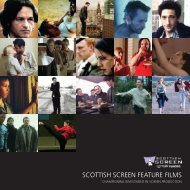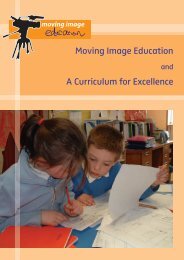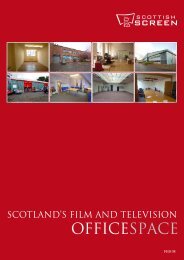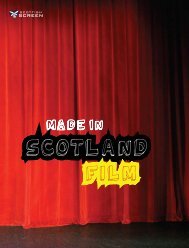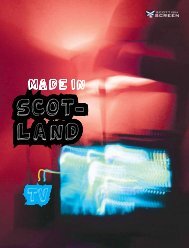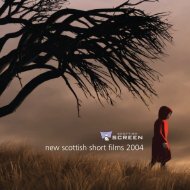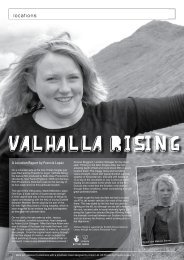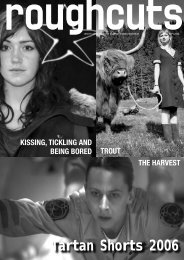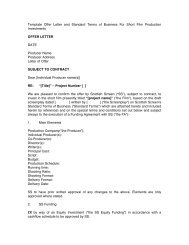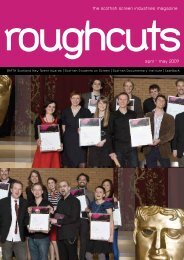Evaluation - Scottish Screen
Evaluation - Scottish Screen
Evaluation - Scottish Screen
You also want an ePaper? Increase the reach of your titles
YUMPU automatically turns print PDFs into web optimized ePapers that Google loves.
General observation<br />
This class had used Film Detectives as a way of engaging with moving images. They were<br />
organised in MIE groups according to their film detective. The class had storyboarded their<br />
film and filming had been planned for today. Although much of the course of the lesson<br />
appeared to be led by the lead practitioner, in actuality the pupils made all the major<br />
decisions regarding their film and how they would work together.<br />
Observation of lead practitioner(s)<br />
At all times, the lead practitioner sought explanations and justifications from children.<br />
Through questioning, she also mediated for the pupils to make all the decisions regarding<br />
which scene would be shot, and who would need to be involved. For example, it was raining<br />
and the lead practitioner took the pupils through the storyboard and let them discuss which<br />
shots could be filmed on such a day. This led to a problem-solving discussion in which the<br />
pupils debated whether or not they should change the shot or have a substitute actor (both<br />
were the pupils’ suggestions). The majority chose to have a substitute actor.<br />
Observation of teacher(s)<br />
The teacher took an active part in this session, both as actor and supporting pupils and the<br />
lead practitioner. For example, when the class split after the initial discussion, the teacher<br />
took a group of actors to discuss the scene content. She explained the context and asked the<br />
pupils to suggest content. The children generated ideas and made choices at all times. Both<br />
teacher and lead practitioner mediated for control of behaviour through reference to the<br />
activity, for example, ‘listen to your director’, or ‘stand by for silence on set’.<br />
Observation of pupils<br />
Whether in whole class or in their groups, most pupils were actively engaged most of the<br />
time. All appeared interested and enthusiastic. All pupils contributed to the discussions and<br />
decision making at some point. In the smaller groups, in which pupils were involved in<br />
setting up cameras and sound, acting and directing, etc. there was some ‘restlessness’ but this<br />
was always dealt with through reference to the learning task, for example, ‘stand by for<br />
silence on set’.<br />
In all lessons observed, there was clear evidence of learning behaviour, with pupils taking<br />
responsibility for their learning, making decisions regarding the organisation of their<br />
learning, justifying their decisions and challenging and supporting their own and others’<br />
ideas.<br />
In the nursery classes the activities were not as structured. Getting younger children to focus<br />
on and engage with a specific activity is more challenging, it being left to the children how<br />
much, and when, they got involved in constructing the props, etc. for their film. It was<br />
evident that the younger children were more spontaneous and more easily distracted, though<br />
they managed to sustain an interest in the overall theme for their selected story as the basis<br />
for their film.<br />
46




